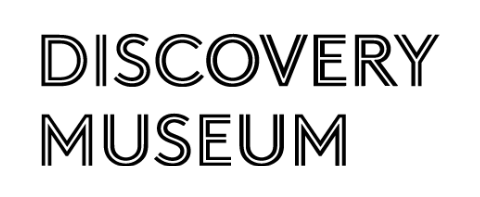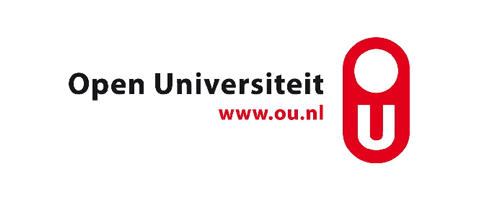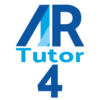Kerkrade, Netherlands | 31 May 2023
eROBSON Inspiration and Design Workshop for STEM teachers
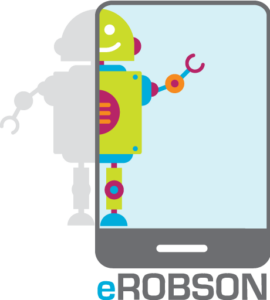
eROBSON Inspiration and Design Workshop for STEM teachers
Video recap from the workshop
Do you already work with Educational Robotics during STEM lessons but don’t have the right or sufficient Educational Robotics kits for this in the classroom and/or the possibility of visiting an extracurricular learning environment? Then consider the option of combining your Educational Robotics lesson with Augmented Reality. With Educational Robotics and Augmented Reality together, it is possible to create a rich and varied offer for students, even when you do not have enough physical materials available.
Want to know more? Then sign up for the free inspiration and design workshop for teachers (upper primary and lower secondary schools), offered by the Open University of the Netherlands and Discovery Museum within the eROBSON Erasmus+ project. During the workshop, the possibilities of Educational Robotics and Augmented Reality will be presented, demonstrated, and tried out using the physical Educational Robotics programming environment ‘LittleBits’ and Augmented Reality tools developed within the eROBSON project. Based on the design thinking methodology, you can immediately start designing a possible application of Educational Robotics and Augmented Reality for your own STEM lessons.
Where?
When?
Discovery
Museum
Kerkrade
Museumplein 2
31 May
2023
Start: 15:00
End 18:00
Welcome and introduction
🤖Introduction of concepts and the Erasmus+ eROBSON project
We will present the idea and concept of the eROBSON project: how Augmented Reality (AR) technology can be used to enhance learning with Educational Robotics (ER). The purpose of AR in our concept is to simulate (a) the necessary ER-equipment / ER kit components, including its appearance, behavior, and user interaction and (b) some of the ER learning processes and educational methods.
Augmented Reality enhances human perception with additional, computer-generated sensorial input to create a new user experience.
🤖 Demonstration of Educational Robotics based on LittleBits
Educational robotics teaches the design, analysis, application and operation of robots. Robots include articulated robots, mobile robots or autonomous vehicles. Educational robotics can be taught from elementary school to graduate programs. Robotics may also be used to motivate and facilitate the instruction other, often foundational, topics such as computer programming, artificial intelligence or engineering design.
🤖 Hands-on experience with Educational Robotics kit
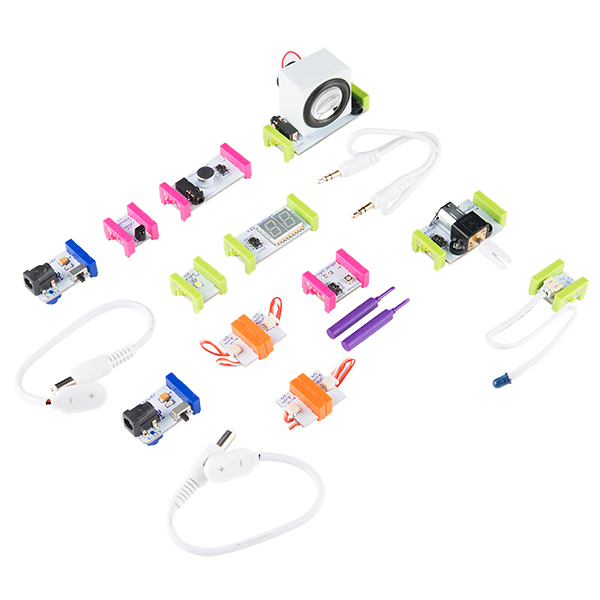
🤖 Presentation and demonstration Augmented Reality
☕ Break
🤖 Hands-on experience with both AR applications with series of tasks, first focusing on AR alone, then in combination with ER.
🤖 Quantitative measurement
🤖 Integration into education via developed methodology in the form of collaborative brainstorming and discussion
🤖 Wrap-up and opportunities for the future
Venue
Workshop background
The proposed workshop theme is shared knowledge construction of viable technological distance learning solutions as alternatives for hands-on experiment-based teaching Educational Robotics and STEM in general. This theme is the main focus of eROBSON, an EU supported project, as will be briefly explained at the workshop.
The need for alternatives to live experimentation in the lab became evident throughout the COVID19 pandemic when emergency remote teaching needed to be developed just-in-time, for example, Birk et at. 2021 and Pozzi et al. 2021. In eROBSON researchers, educational technologists and educational practitioners from Greece, Netherlands and Norway design, develop and pilot innovative effective, enjoyable and affordable post-COVID distance learning solutions for teaching Educational Robotics and experiment-based school STEM teaching. eROBSON solutions will be based on state-of-the-art, affordable AR techniques (Ibáñez & Delgado-Kloos 2018). Together with these technical solutions eROBSON project designs teacher training, pedagogical scenario’s and innovative teaching tools, such as an AR-based toolbox that can be widely applied both in the context of school curricula and for informal learning activities.
At the start of the project, an expert study was conducted to ensure that design activities are grounded in the experiences and wishes of the target group. The study followed Group Concept Method (GCM) methodology. This is a consensus driven research approach that combines qualitative data collection with advanced quantitative data analysis techniques. GCM supports problem owners in constructing and refining deep understandings of a problem, in underpinning design choices or reaching consensus in a complex matter (Kane & Rosas 2017).
GCM methodology includes brainstorming and analytical follow-up activities of invited stakeholders with an online tool Groupwisdom. Collected input is analyzed with multivariate statistical techniques, such as multidimensional scaling (MDS) and hierarchical cluster analysis (HCA). Groupwisdom generates graphical representations of aggregated individual contributions as a collective “visual geography of a problem” that stakeholders can further discuss and interpret.
A total of 22 participants contributed to different phases of eROBSON GCM study. Participants included eROBSON project partners and invitees from their networks, both researchers and educational practitioners. Participants had expertise in ER, AR, software development and/or online teaching, design of learning activities. Individually they provided their standpoints on approaches best suited for online and blended learning enhanced by AR as a solution for the pandemic restrictions in teaching Educational Robotics and lab-based curricular activities in STEM in general. MDS and HCA analysis of individual input generated a variety of possible groupings of the collected ideas. Thereafter, a meaningful solution was determined by the eROBSON project team as a visual representation of eROBSON conceptual framework.
This framework represents 72 unique ideas (individual answers to the focus prompt trigger) as separate points on a two-dimensional space grouped in 6 clusters. These clusters, or components of the eROBSON conceptual framework are:
- educational ideas
- ideas on educational feedback
- ideas on requirements, modularity and content
- ideas on hardware and design requirements
- ideas referring to platform selection
- conceptual design ideas
eROBSON GCM study demonstrated that there is a high level of consent on educational ideas and basic principles and substantial differences in the way partners view and evaluate both importance and feasibility of ideas on software and hardware design, platform selection and foremost on conceptual issues. While the generated conceptual model provided sufficient input for the project to form a point of departure in design of solution prototypes, differences in standpoints which the GCM study demonstrated require further elaboration and knowledge construction effort.
Workshop organizers

🤖 Gene Bertrand
Discovery museum
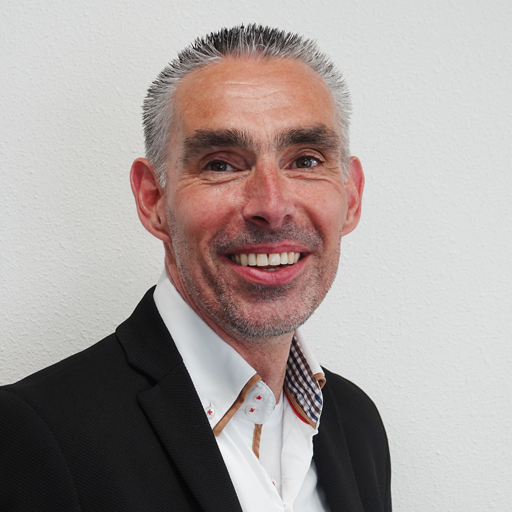
🤖 Nardie Fanchamps
Open University of the Netherland
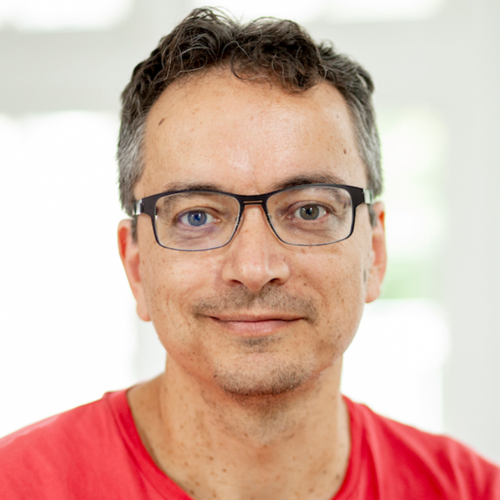
🤖 Roland Klemke
Open University of the Netherland
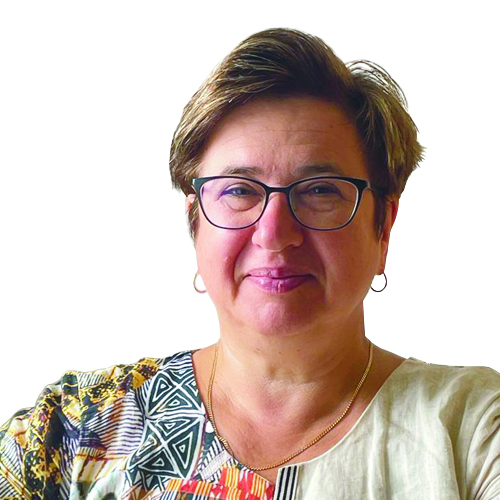
🤖 Olga Firssova
Open University of the Netherland

🤖 Giel van Lankveld
Open University of the Netherland

🤖 Dimitris Karampatzakis
International Hellenic University

